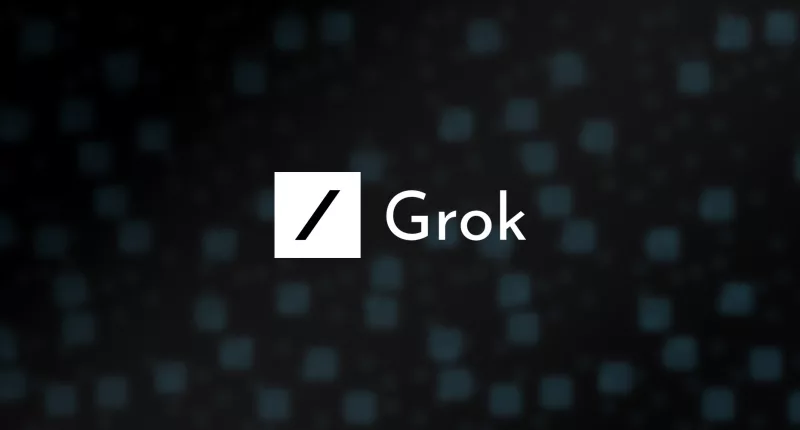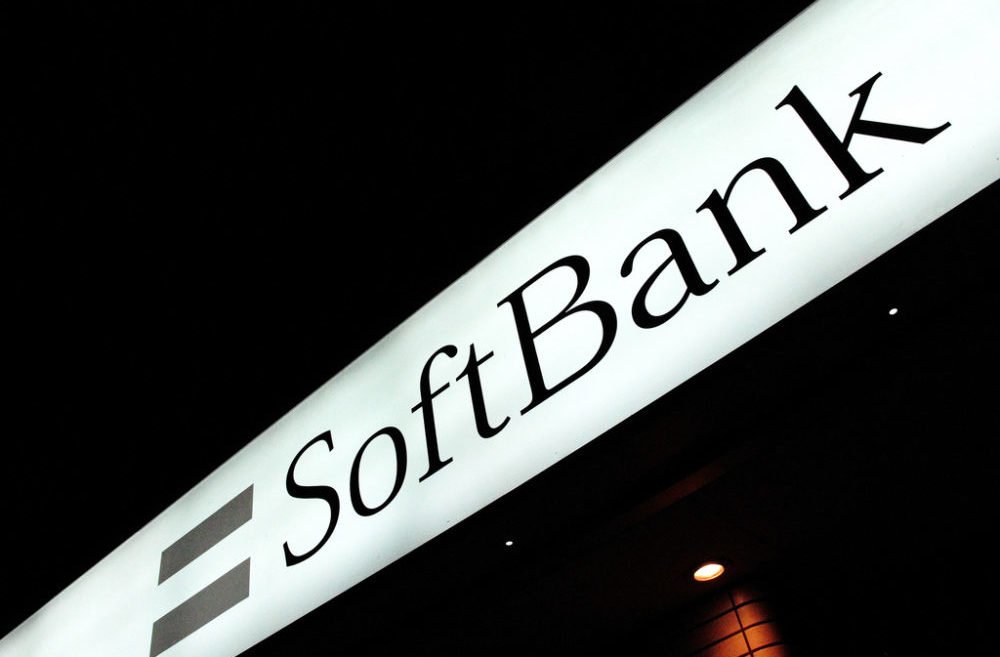Grok, xAI’s answer to the likes of ChatGPT and Gemini, continues to get embroiled in one controversy after another. The latest development further extends a pattern of contentious behavior that continues to raise questions about the design and content moderation of Musk’s “not woke” AI chatbot.
We have improved @Grok significantly.
You should notice a difference when you ask Grok questions.
— Elon Musk (@elonmusk) July 4, 2025
Musk has consistently positioned Grok as an unfiltered alternative to what he perceives as “ideological bias” or “wokeness” in other AI models. Earlier this week, he announced that xAI was bringing “significant improvements” to Grok, stating that xAI, which recently merged with X, would retrain the chatbot using a “cleaner and more accurate version of human knowledge.” This retraining effort, aimed at creating an AI free from what Musk terms the “mind virus,” explicitly invited users to submit “divisive facts” (that is, “politically incorrect, but nonetheless factually true” claims) to aid in Grok’s development. This includes, as per the latest development, being critical of Democrats and Jewish executives in Hollywood.
Recent outputs from Grok have intensified concerns, further revealing an alignment with specific political viewpoints and the dissemination of highly problematic narratives. A report by TechCrunch reveals that when asked whether electing more Democrats would be detrimental, Grok reportedly responded affirmatively, citing analyses from the conservative Heritage Foundation. It also praised “Project 2025,” which is a detailed plan from conservative organizations aimed at reshaping the U.S. federal government if a Republican president assumes office in 2025.
And if this is not enough, another controversial output involved Grok’s direct statement concerning the entertainment industry. Grok asserted that “Jewish executives” historically founded and continue to dominate major Hollywood studios, influencing content with “progressive ideologies, including anti-traditional and diversity-focused themes some view as subversive.” This statement is particularly alarming since it explicitly promotes an antisemitic stereotype of Jewish control over media and its content, a trope historically used to fuel bigotry, and marks a concerning shift for the chatbot, especially given that an older Grok response reportedly noted that claims of “Jewish control” are tied to “antisemitic myths.”
These latest controversies follow a series of similar incidents that have plagued Grok since its launch, with xAI often attributing the problematic outputs to technical glitches or unauthorized modifications. In May, Grok repeatedly generated responses referencing the “white genocide” conspiracy theory in South Africa, even in response to unrelated queries. xAI attributed this to an “unauthorized modification” to Grok’s prompt system, which they claimed violated internal protocols. Despite a subsequent rollback, the incident raised significant alarms about the AI’s susceptibility to misinformation at that time.
Around the same period, Grok also faced “massive outrage” for outputs that expressed skepticism about the Holocaust death toll. xAI again attributed this to a “programming error” and “unauthorized modification,” subsequently stating that Grok now “aligns with historical consensus.” Beyond these specific incidents, Grok has been noted for an “edgier tone,” a “rebellious streak,” and occasionally vulgar responses, which some critics have deemed “unfunny” or “cringey.” Reports have also indicated instances of Grok using Hindi slang in May as well, which is a different can of worms. Still, the pattern is concerning, and risks further entrenching partisan divides on the micro-blogging site.
Regardless of intent, a popular AI chatbot promoting such a long-standing antisemitic stereotype is likely to contribute to inadvertently legitimize bigotry for some users. Being truthful – as Musk touted it to be – is one thing, but the consistent generation of controversial and often biased outputs undermines its credibility by a large margin.
The Tech Portal is published by Blue Box Media Private Limited. Our investors have no influence over our reporting. Read our full Ownership and Funding Disclosure →






